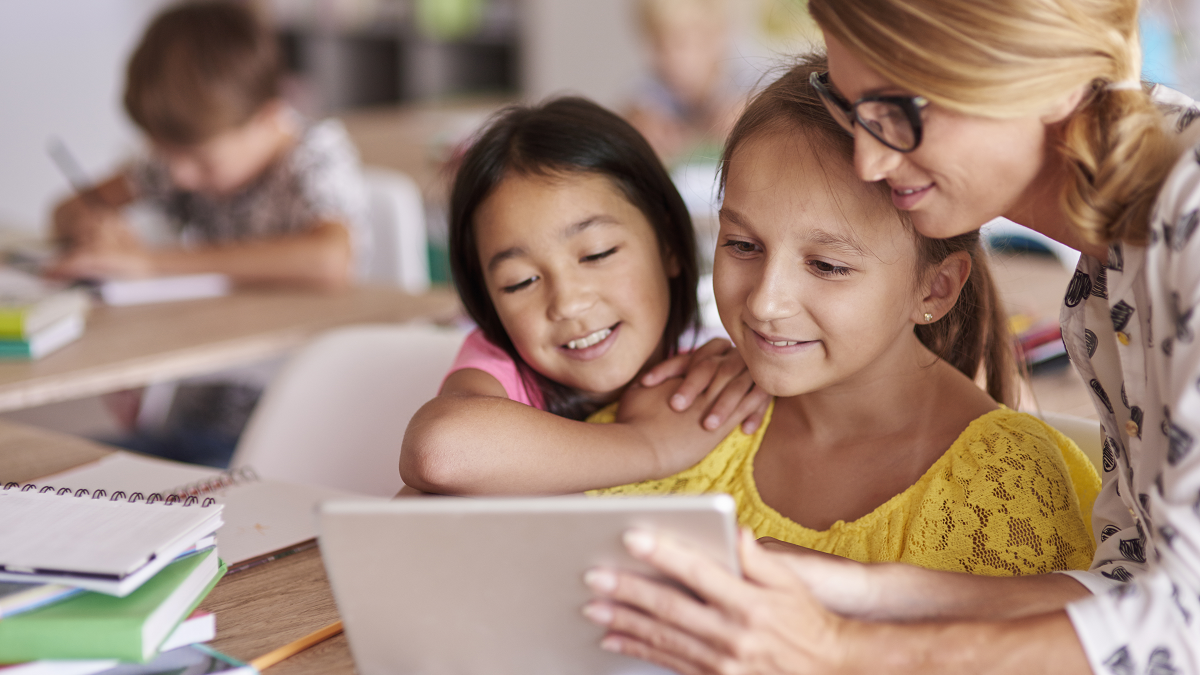
In the past year cultivating empathy has become a need in every classroom, helping students and teachers navigate the challenges of our ‘new norm.’ We all realize two years in that the growing feelings of isolation, lack of community, and limited interaction have affected how our students engage and develop relationships. As we approach two years of masking, social distancing, hybrid learning, remote learning, and more, how can cultivating and nurturing empathy bring positive results to the classroom and beyond?
Empathy is the ability to understand and show sensitivity towards another person’s feelings, thoughts, and experiences. It can be difficult to show compassion and understanding when everyone comes in with different experiences, shaping how they deal with difficulties and stresses. Students need adult role models to give them guidance and support in developing empathy. Teachers play a critical role in this development and can start with some simple strategies.
- Modeling and Think Aloud
By intentionally modeling empathy, students can observe empathetic responses which include compassionate speech and actions. When modeling, think aloud (“I see that he feels upset about what happened. How can I show him I understand?” “She is showing me that she did not like that solution. I’ll wait for a bit before I say something.” When they can internalize the why, how, and when of empathy, they can imagine themselves responding in similar ways and mimic these behaviors. From time to time, role play situations to model appropriate responses. In post discussions, list observations on the front of class display. Save and add to the list regularly and make it available for students via a shared document.
- Listen to Understand
We have the tendency to listen to another just long enough to respond with what we feel is the best solution, sharing our own experiences as a means for connection and resolution. Instead, model and encourage listening to understand another’s perspective – what it’s like in their shoes. Of course, share with students that you might have similar experiences as the person you’re listening to, but showing empathy means focusing on the other person versus yourself.
- Using Books*
By using books that feature characters showing empathy, students learn to understand different perspectives. As they read about characters and their conflicts, teachers can guide discussions on how the characters feel during different situations, what was done to resolve a conflict whether internally or externally, and what students themselves would do in similar situations. Compare conflict and resolution situations from different books, charting observations on the front of class display. Post the charts and use as brief ‘warm-ups’ to a literature lesson or as a unit closer.
- Journaling
Encouraging students to reflect on behaviors that they’re not necessarily proud of – saying things they don’t/didn’t mean, acting in ways that are out of character – helps them think about positive ways situations could’ve been handled. Spending 10-15 minutes at each journaling session (2-3 times a week) provides students ample time to reflect and meditate on how they can show more empathy before reacting. Making time for regular discussions of journal entries can also lead to a greater feeling of closeness and trust in the classroom.
As teachers delve deeper into cultivating empathy and supporting students develop these skills, the classroom becomes a more secure place to express authentic emotions and feelings. Starting with these simple strategies to teach empathy, teachers can plan for activities that will build on these skills so that showing understanding and compassion for others becomes a natural response.
For more tips on how to incorporate essential social-emotional learning skills in the classroom, view the Two-Part Social and Emotional Learning Webinar Series by Boxlight that features SEL experts, coaches, and classroom teachers who share their positive experiences and strategies. To view the webinars, click here: Two-Part Social and Emotional Learning Webinar Series.
*For a list of books that can be used to introduce empathy and boost social-emotional learning, read the blog Building Relationship Skills to Support Social-Emotional Learning.